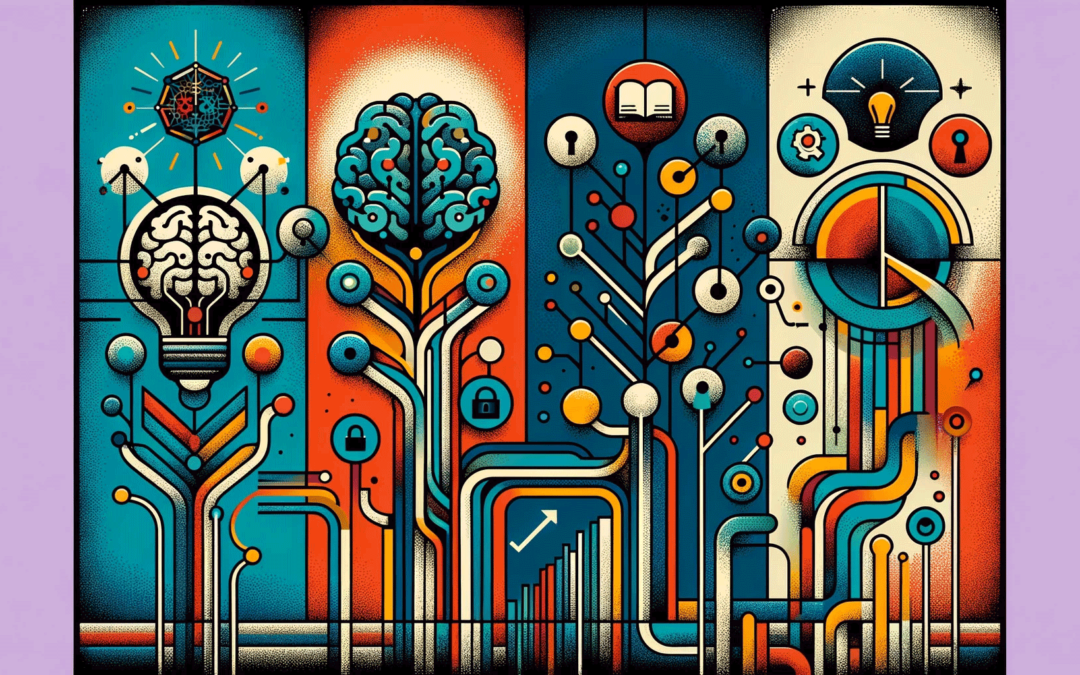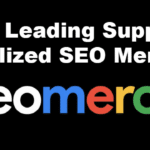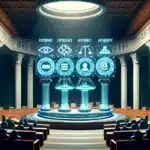Maximizing Digital Content Impact: A Deep Dive into the E-E-A-T Principles
In the evolving landscape of digital content creation, the E-E-A-T framework stands as a cornerstone for producing quality content. E-E-A-T, which expands to Experience, Expertise, Authoritativeness, and Trustworthiness, is a set of criteria that search engines like Google use to evaluate the quality of web pages and their content.
Let’s delve into how content creators can approach their work within this framework to ensure their content not only ranks well but also genuinely serves their audience.
Experience
Experience speaks to the practical knowledge or skill that a content creator has gained through direct involvement or participation.
This dimension of E-E-A-T emphasizes the value of personal experience and the unique perspectives that content creators bring to their topics.
How to Embody Experience in Your Content:
- Personal Narratives: Incorporate personal stories or case studies that showcase your hands-on experience with the subject.
- Visual Evidence: Use images, videos, or infographics to provide tangible proof of your experiences.
- User Interaction: Encourage user-generated content, such as comments or guest posts, to add diverse experiences to your content.
Expertise
Expertise refers to the depth of knowledge that a content creator has in a specific field or subject.
It’s about demonstrating a thorough understanding and ability to convey complex information in an accessible manner.
How to Demonstrate Expertise:
- Credible Sources: Reference and cite reputable sources to back up claims and add depth to your content.
- Detailed Explanations: Offer comprehensive insights into topics, breaking down complex ideas into understandable segments.
- Continuous Learning: Stay updated with the latest developments in your field and reflect this in your content to maintain relevance.
Authoritativeness
Authoritativeness is the extent to which a creator is recognized as a leading authority in their niche.
It involves establishing a reputation among peers and audiences as a reliable source of information.
How to Build Authoritativeness:
- Professional Accolades: Highlight any awards, recognitions, or professional certifications that lend credibility to your authority.
- Community Engagement: Participate in relevant forums, social media groups, and industry conferences to increase your visibility and authority.
- Collaborative Content: Work with other experts or influencers in your field to create content, leveraging their authority to enhance your own.
Trustworthiness
Trustworthiness relates to the credibility and reliability of the content, the content creator, and the website as a whole.
It’s about building confidence in the audience that the information provided is accurate, safe, and reliable.
How to Ensure Trustworthiness:
- Transparent Authorship: Clearly identify the authors of your content and provide their credentials.
- Secure Website: Ensure your website follows best practices for security, such as using HTTPS and having clear privacy policies.
- Accuracy and Honesty: Fact-check all information and openly correct any errors, maintaining transparency with your audience.
Conclusion
Adhering to the E-E-A-T framework is not just about enhancing content for better search engine rankings; it’s about respecting your audience by providing them with content that is genuinely valuable, reliable, and engaging.
By focusing on experience, expertise, authoritativeness, and trustworthiness, content creators can craft pieces that not only stand out in the digital space but also truly make a difference in the lives of their readers.

















